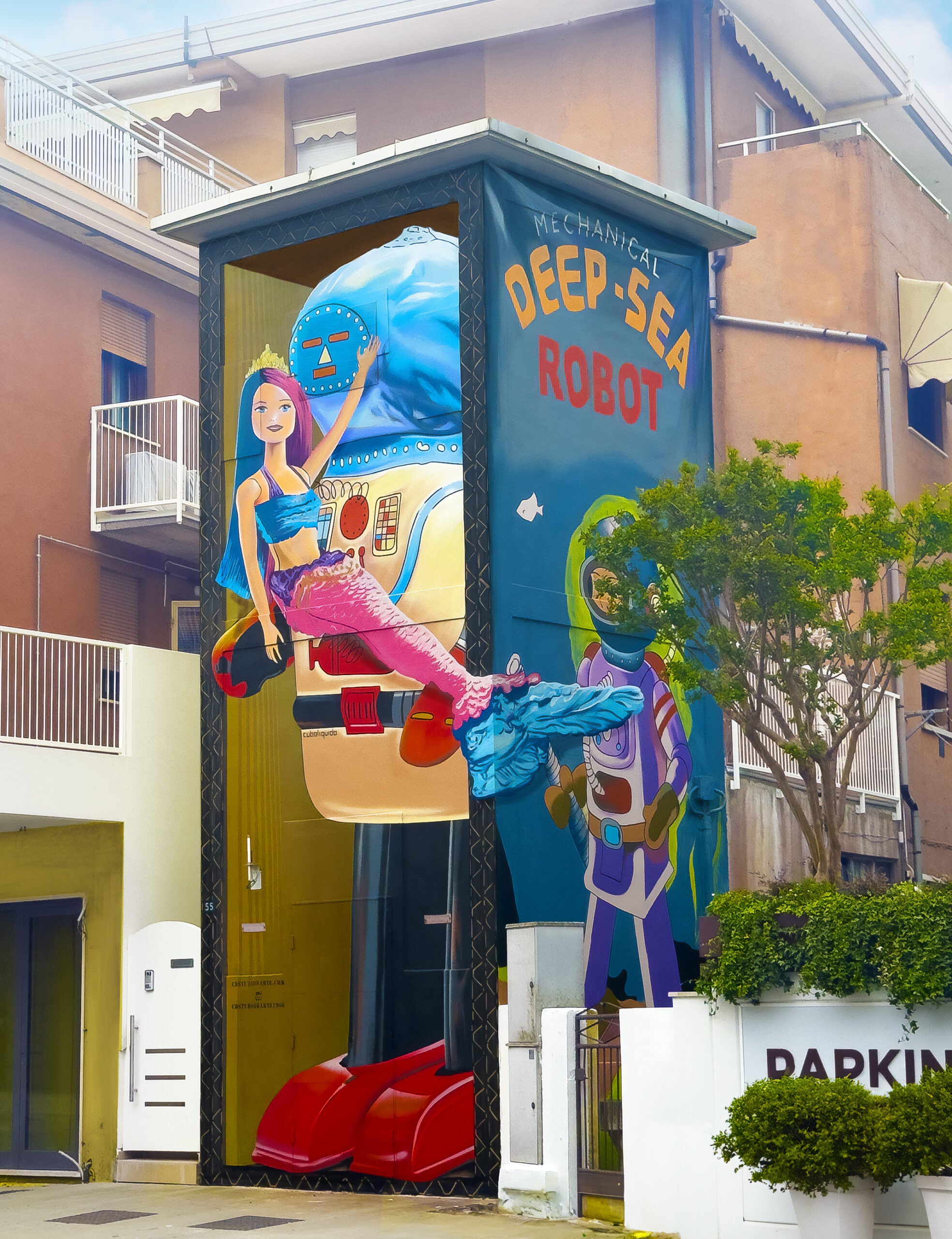Contemporary art is a continuous journey of innovation and expression, a mirror of the society we live in. But when was it actually born? And which are the works and artists that have left an indelible mark on this very diverse panorama?
When Was Contemporary Art Born?
Defining the beginning of contemporary art is not easy, since there is no clear line of demarcation. Some art historians trace its origin to the end of the Second World War , a period in which the world was reorganizing itself and art was freeing itself from the rigid patterns of the past. Others identify it with the advent of the avant-gardes of the twentieth century , such as Futurism and Dadaism, which forever changed the way of conceiving creativity.
Then there are those who link the beginning of contemporary art to symbolic events such as the fall of the Berlin Wall in 1989, which marked the beginning of a new cultural era. Whatever the starting point, contemporary art stands out for its ability to reflect global, social and technological changes.
What is Contemporary Art?
Contemporary art is often thought of as something radically new, far from the conventions of classical, medieval, or modern art. In the past, artists adhered to well-defined stylistic movements, following shared manifestos. With the advent of technology and globalization , however, art has evolved rapidly, embracing a multitude of styles and approaches.
Contemporary art cannot be contained in a single definition. It is a fertile ground for experimentation of all kinds, from the use of photography and cinema to digital technologies such as NFTs . The works of this period explore current themes such as environmentalism , post-colonialism , feminism and the post-human , opening new avenues for artistic dialogue.
The Works That Changed The Way We See Art
During the twentieth century, art underwent radical transformations, breaking the boundaries between traditional aesthetics and experimentation. Some works have become symbols of this change:
- Fountain (1917) by Marcel Duchamp. A simple urinal, part of the so-called ready-mades , transformed into a work of art. Duchamp challenged conventions, demonstrating that meaning lies more in the meaning than in the object itself.
- Concetto Spaziale (1955) by Lucio Fontana. His famous "cuts" on the canvas redefined the concept of space in art, placing the emphasis on the creative gesture.
- Lavender Marilyn (1962) by Andy Warhol. A pioneer of Pop Art, Warhol captured the essence of popular culture, inviting the public to reflect on the influence of the media on everyday life.
- The Impossibility of Death in the Mind of Someone Living (1991) by Damien Hirst: A provocative work that explores the boundary between life and death through the image of a shark immersed in formaldehyde.
In Italy, artists such as Maurizio Cattelan have revolutionized the artistic language. His work La Nona Ora (1999), which depicts Pope John Paul II being hit by a boulder, is an example of how art can combine provocation and symbolic depth.
Contemporary Art in Italy: Artists to Know
Italy has given an extraordinary contribution to contemporary art, with figures who have been able to innovate and inspire. Among the most important names we find:
- Alberto Burri . A master of the informal, Burri transformed common materials, such as sacks and plastics, into works of extraordinary expressive power.
- Alighiero Boetti . An exponent of Arte Povera, Boetti is famous for his embroidered carpets, in which art and craftsmanship blend harmoniously.
- Maria Lai . Known for her textile works, Lai has been able to reinterpret the Sardinian tradition with a contemporary language, promoting the value of female emancipation.
- Carla Accardi . A protagonist of Italian abstractionism, he used artistic language to address political and social issues.
Contemporary art continues to evolve, breaking patterns and challenging conventions. It is a world in which each work is an invitation to reflect, experiment and dialogue with the reality that surrounds us. Whether you are an enthusiast or a curious person, contemporary art always offers new ideas to better understand our time.
Explore contemporary art collections and artist stories on CD Studio d'Arte . Visit our blog and follow us on social media to stay up to date on the latest news!



